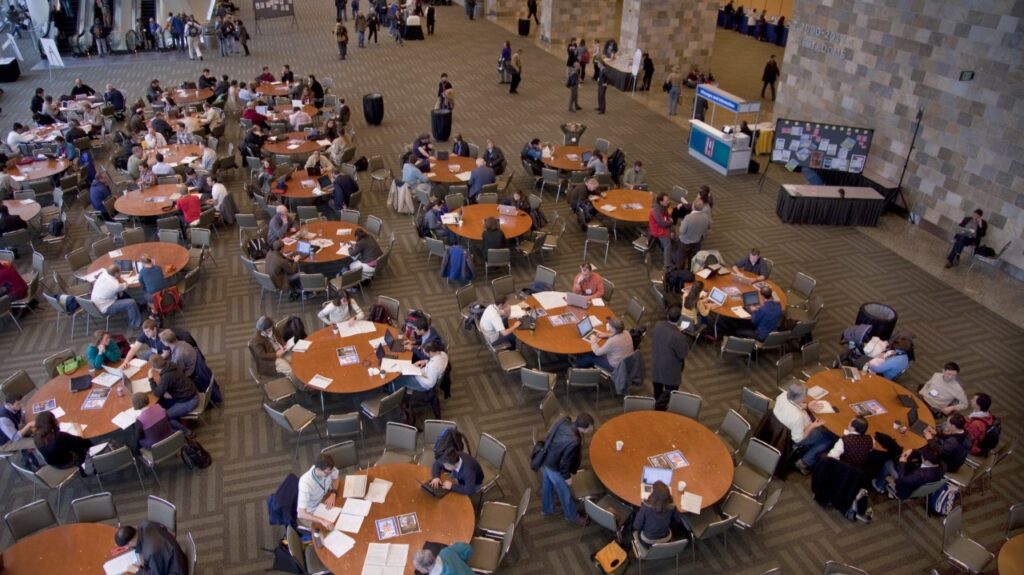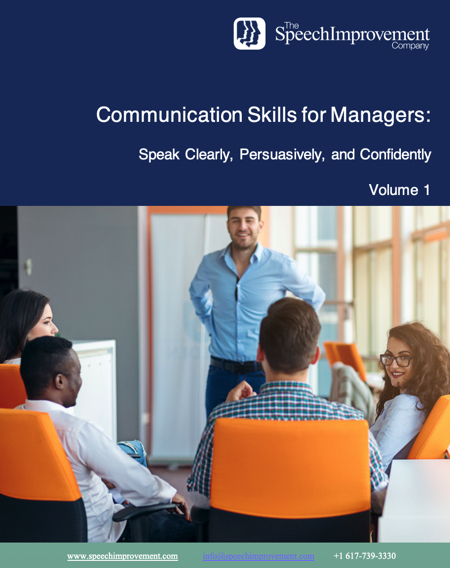Maximize Your Time Investment: Pro Tips for Professional Conferences
Attending a professional conference can be a powerful way to expand your network, showcase your expertise, and open doors to…

Attending a professional conference can be a powerful way to expand your network, showcase your expertise, and open doors to…

Tip #1: Enhance Your Professionalism Through Thoughtful Greetings and Endings Want to project more confidence in professional settings?…

In communication, 90% effort often gets you 0% results. That may sound harsh, but it is true. Effort…

When you step up to speak, your listeners are not just hearing your words. They are reading you.…

As a communication coach, I help people speak clearly and connect with their listeners. When we’re explaining something…

For many professionals attending a conference, the role isn’t as a panelist or keynote speaker. Instead, your time…

Picture this: You’ve got a brilliant idea—backed by research, data, and trends. You’re excited to share it with…

If you are a manager or supervisor of people, communication is the foundation of what you do. Unfortunately,…

Tip #1: Make them care Whether it’s an internal presentation, a meeting with potential buyers, a sales pitch,…

Effective communication isn’t just a leadership skill—it’s a critical success factor. Often, when the stakes are high and…